The smash hit netflix series K-pop demon hunters took the world by a storm after its release in June 2025. Not just breaking records in netflix, the movie also topped music charts with their insanely catchy and popular tracks.
The story follows the lives of Huntrix, an all-female K-pop group consisting of members Rumi, Mira and Zoey who have mesmerized the fans with their music and stardom, but that’s not all. They secretly double as guardians of the world, using the power of their music to prevent demons from the underworld from eating the souls of their fans and ultimately, protect the world.
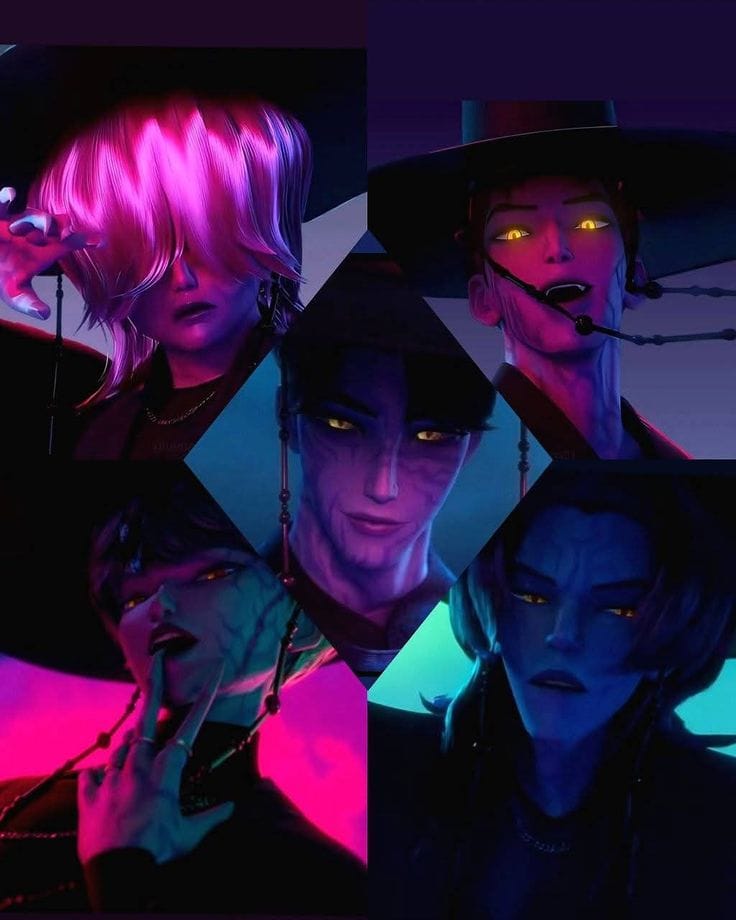
Apart from being a fun watch, this movie seamlessly blends eye-catching visuals with mystical roots of Korean culture. It skillfully introduces the Korean heritage to a worldwide audience, transforming entertainment into a gateway for a cultural discovery with remarkable authenticity. It weaves in everyday elements of Korean life along with folklores to reflect a conscious effort to portray Korean culture to the world and offer the Korean viewers a representation that feels respectful.
Let’s look at some of these elements :-
Mugyo and the Jeoseung Saja
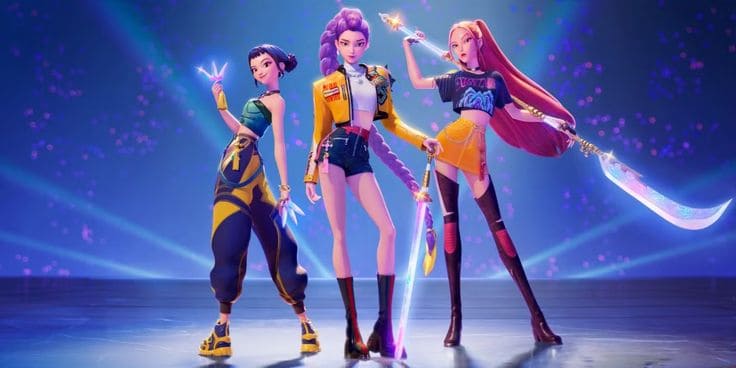
The idea for Huntrix draws directly from ‘Mugyo’, or Korean shamanism. In the movie, all the hunter trios are mudangs or shamans who utilise the ritual known as gut (굿), a ceremony that drives away evil spirits using a powerful mix of music, dance, costume, to create a magical barrier between the human and spirit realm known as the honmoon. Historically, the mudangs were mainly women who carried out the role of healing and performance, which is reimagined in the modern context through the depiction of Huntrix. They also have a ‘norigae’ hanging from their waists which are traditional ornaments that women wear with a hanbok.
The trio Rumi, Mira and Zoey use their music to keep the demon boy band, the ‘Saja Boys’ at bay. The Saja boys, as the name suggests are inspired by the jeoseung saja, the Korean grim reaper in Korean mythology tasked with guiding souls to the afterlife. The term combines jeoseung which means afterlife and saja which means a messenger. The jeoseung saja is traditionally depicted wearing hanbok and a black gat, a wide brimmed hat. The term Saja also means a lion in Korean, as can be seen by the boy band using lion logos throughout the film and their fans being referred to as the ‘pride’.
Tiger and the magpie
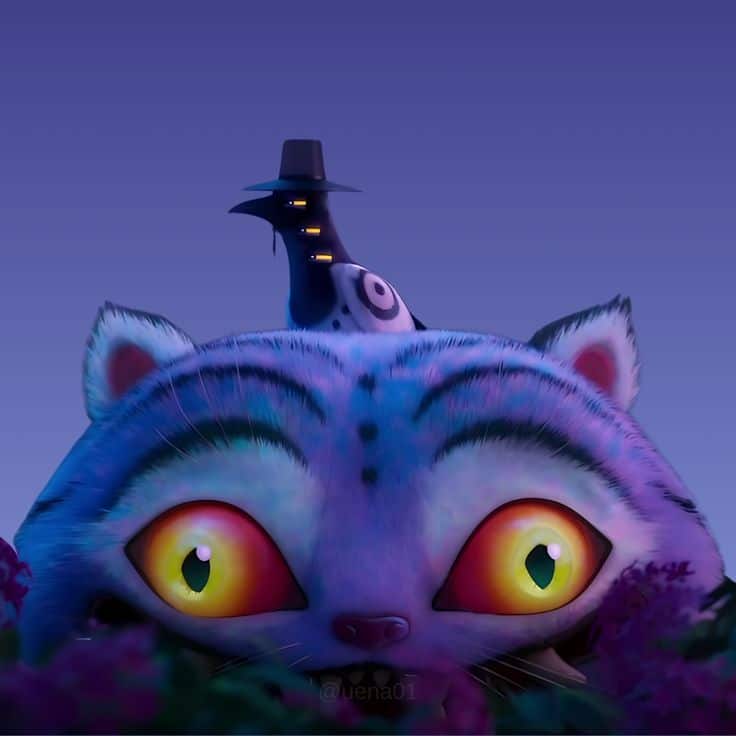
Another fascinating appearance was the duo of the tiger and the magpie. In the film, the tiger was depicted as an oversized blue cat with glowing yellow eyes along with the magpie with several eyes and a gat, serving as the messengers between Rumi and the Saja boy member Jinu.Their presence on the screen was not random as it was inspired directly from traditional Korean folk art and painting known as minhwa. Popular during the Chosun era, minhwa included a subgenre called jakhodo, which featured tigers and magpies together. In the paintings, the tiger used to symbolise the aristocratic ruling class but gradually the tone of the paintings became more satirical with its depiction as comical, accompanied by the magpie over it, which represented the common people. Gradually, the tiger came to be represented as a guardian against evil spirits, and the magpie as the harbinger of good news.
K-pop Culture
The film gave the world a glimpse into the kpop industry and also the fandom culture that it thrives on. We saw the electrifying energy of concert halls, where Huntrix and saja boys both performed songs, originally sung by korean artists, and included the synchronised choreographies that kpop is known for. The fans shown in the film mirrored the kpop fandoms in real life, filling the air with fan chants and lightsticks that glowed in unison. They were also seen carrying banners and posters of their favourite groups in support, something very common during kpop concerts.
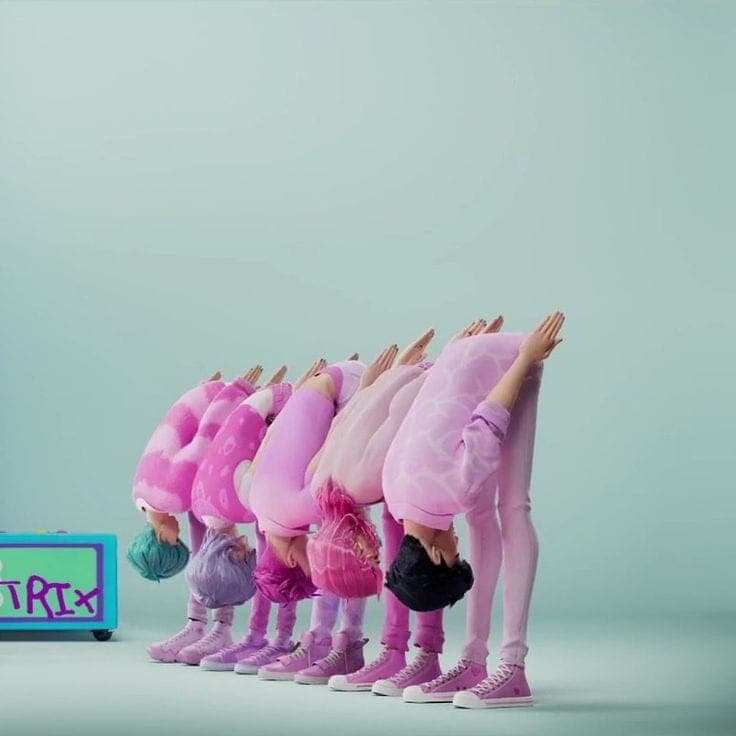
Beyond the stage, we could also see the girl group enduring the chaos and fun of Korean variety shows, where huntrix mentioned wanting to congratulate their ‘hoobaes’, the word for a junior at workplace or someone with less experience, when they were caught spying on Saja boys. These scenes were similar to variety shows happening in real life where kpop groups and celebrities often engage in banter and play games. Another cultural element worth noticing was the ‘bowing war’ at the show which was a hilarious contest of who can be most excessively polite, an insightful nod to the Korean values of respect. There were also scenes of fanmeetings where the fans get to meet their idols and present them with gifts.
Daily life
The story accurately presented the viewers with moments of everyday life in South Korea. Huntrix were seen visiting a clinic named Han-uiwon which is a wordplay of ‘haneuiwon’ that is the word for a Korean herbal clinic. There were also mentions of the trio wanting to visit the sauna, or the ‘jjimjilbang‘ which is a common place for friends in Korea to visit after a tiresome day for relaxation.
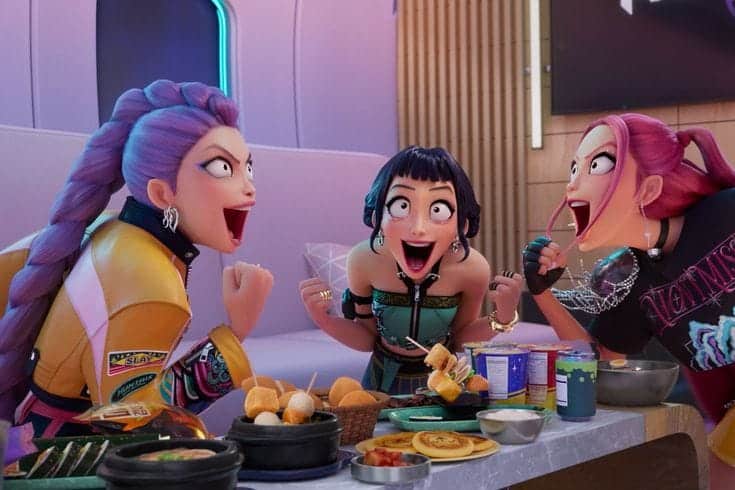
The Korean food culture also shines in the film as we saw various local dishes and snacks throughout the movie like kimbaps, sundae, hotteok and cups of ramyeon, to other minute cultural details like putting a napkin under chopsticks while eating out at a restaurant . These scenes are a quiet celebration of Korean culture emphasizing how connections are forged over food and relaxation. Finally, the film served as a stunning visual tour guide, taking the viewers through various places in Seoul like the Cheongdam bridge, Naksan park, the streets of bukchon Hanok village and lastly, the Namsan tower.
Kpop demon hunters is not just an animated movie with stunning visuals and an amazing soundtrack but a beautiful portrayal of Korean culture and heritage. It carefully utilised the art of storytelling to share with the world the global phenomenon of K-pop, the nation’s history, food and traditional beliefs.
Written by – Priyanjana Jha
About the Author –

Priyanjana is a post graduate in Global Studies, with a research background in feminism and cultural studies. Her interests lie in exploring themes related to cross-cultural relations, history and gender identities, with a particular passion for Korean culture and society. She is actively learning the Korean language and sees writing as a way to bridge cultural gaps in the world, and share her stories with others. In her free time, she loves to watch K-dramas and make K-pop dance covers.
